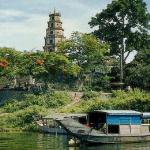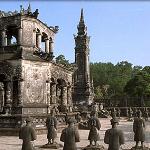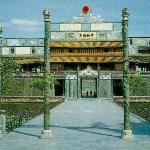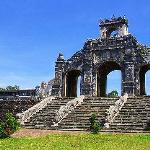ABOUT HUE IMPERIAL CITY
Straddling the Perfume River, this former royal capital of Vietnam (of the Nguyen Dynasty) is considered by many as the pinnacle of Vietnamese language, fashion, and cuisine. It is also recognized as a UNESCO World Heritage Site.
Hue originally rose to prominence as the capital of the Nguyen Lords, a feudal dynasty, which dominated much of southern Vietnam from the 17th to the 19th century. In 1775 when Trinh Sam captured it, it was known as Phú Xuân. In 1802, Nguyễn Phúc Ánh (later Emperor Gia Long) succeeded in establishing his control over the whole of Vietnam, thereby making Hue the national capital.
Hue was the national capital until 1945, when Emperor Bảo Đại abdicated and a Communist government was established in Hanoi, in the north.
Hue is dominated by the Imperial Citadel; a moated and walled region that contains the Forbidden Purple City, which is modeled after the original in China. Here, you will find many architectural testaments to Vietnam's rich past.



